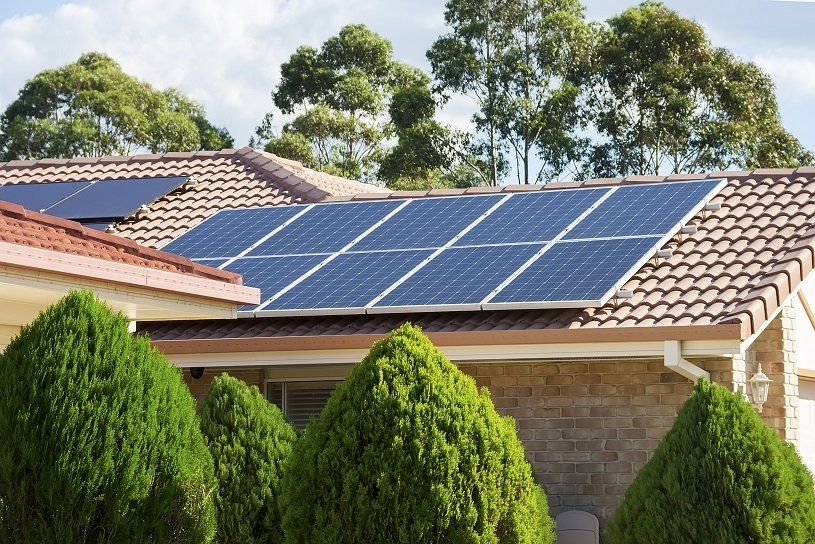
Renewable energy investment and infrastructure is growing at a rapid rate in Australia. Ten times faster, in fact, than the world average. The Clean Energy Australia report released in April found that Australia set new records for renewable energy investment and deployment across both the small and large segments in 2019, making it a “remarkable year” according to the Clean Energy Council.
As state governments, industry and communities embrace the transition to clean energy, Australia’s large-scale renewable energy capacity increased by 2.2 GW across 34 projects in 2019. Such projects included the Winton Solar Farm in Victoria, Nova Power Station in WA, and the Snowy 2.0 project.
Here’s how renewables have shaped up over the last year, and what it might hold for the future.
Solar shines bright
Large-scale solar has won out as the renewable with the most growth over the past year, in both installation and capacity. In fact, large-scale solar accounted for more than two-thirds of the country’s capacity last year.
There were 287,504 rooftop solar installations in 2019, accounting for 2,200MW, seeing Australia set its third consecutive annual record for rooftop solar installations. And while the number of installations hasn’t quite reached the government incentive induced 2011 peak of 360,000, the average system size has more than tripled since then. This growth in size means that the industry’s 2.2 GW of installed capacity was more than 35 percent higher than last year’s record.
Furthermore, the cost of solar power is expected to plummet by 60 percent over the next decade, according to a 2017 analysis from the International Renewable Energy Agency, making it more accessible for consumers and usher in money and jobs to deliver clean solar energy to households.
Growing emphasis on hydrogen
As countries seek to reduce carbon emissions, the Australian government has identified hydrogen as a key player in achieving this. As part of the National Hydrogen Strategy, $370 million in government funding has been committed to support the growth of projects in this sector.
The strategy not only opens up opportunities for increased domestic use of hydrogen in the industrial, transport, mining and energy sectors, but also has the potential to see Australia well placed to meet growing international demand in Asia and Europe.
Hydrogen also has the potential to further boost the uptake of renewable energy projects, providing a way for Australia’s ample wind and solar resources to be converted into a zero-emissions fuel for both domestic and international markets.
Investing in skilled workers
With future investment on the table for renewables, employers are well positioned to invest in skilled staff to bolster and expand the renewable offerings of their teams.
The renewable energy industry was responsible for almost 23,000 jobs across the construction, operations and maintenance, and rooftop solar installation sectors in 2019.
Furthermore, in April of this year, the Australian Bureau of Statistics released updated jobs figures for the renewable energy sector, showing that employment in this area had grown to new record levels in the 2018-19 financial year, exceeding 26,000 full-time equivalent workers for the first time.
If you are looking for skills employees with experience in renewable engineering contact us today.



